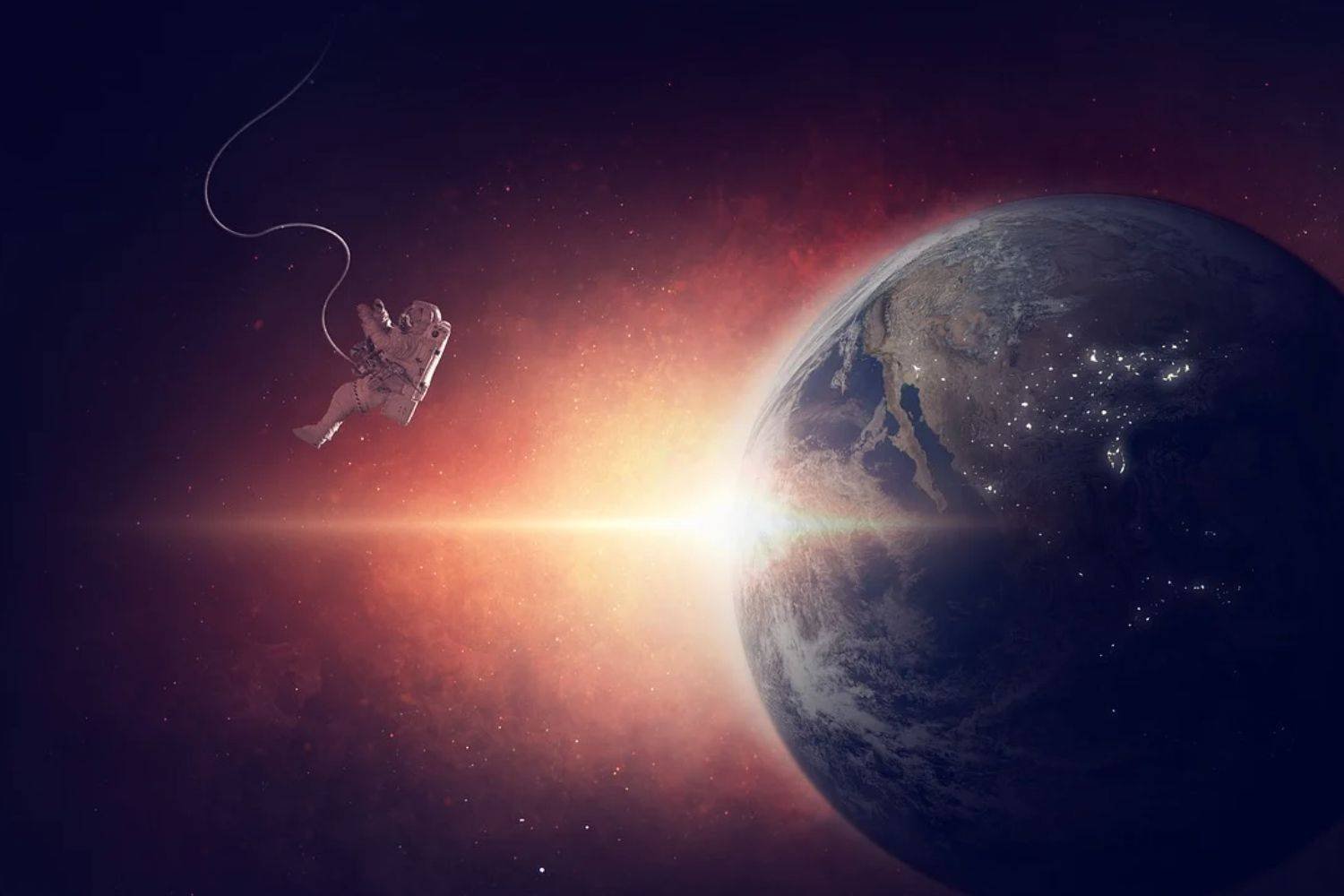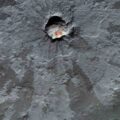If radio was the Internet of its day, then Achille Judica-Cordiglia and his younger brother, Gian, might have been the first hackers of the Space Age.
The year was 1957. Neither of the boys were doing homework as they should have been when the radio broadcast they were listening to was interrupted with a breaking story: Russia had just placed a satellite into Earth orbit.
“They gave the frequency it was transmitting its beeps on,” Achille would recall years later. Then the teenagers had an idea: what if they could track it?
Over the next few years, the Judica-Cordiglia brothers began assembling a radio monitoring station that might rival that of mission control halfway around the world at Cape Canaveral. On a limited budget like theirs, they couldn’t afford the hundreds of thousands of dollars that was being poured into radios, recorders, and dishes that various world governments were constructing at the time. Instead, the boys purchased used materials from military surplus stores, and what they couldn’t afford to buy, they built themselves. Among their notable engineering feats had been a collapsible radar dish they assembled from chicken wire and scrap metal they retrieved from a nearby junkyard.
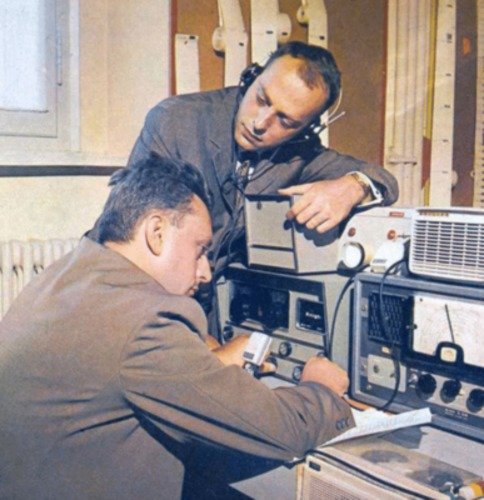

Their location also helped make up for their technological limitations. Located right outside Turin, Italy, where the boys lived had been an ideal position for tracking Soviet launches, since it found them directly beneath the orbital path that launches from the Soviet Union would follow. When a dog named Laika became the first Earthling to enter space after being launched into orbit with Sputnik 2, the brothers were able to record the event, as well as the beeps from America’s first satellite, Explorer 1, in February of 1958.
However, toward the end of November 1960, an observatory in West Germany made a surprising announcement: they claimed to have intercepted radio signals that might have belonged to a satellite. But how could this be? No official announcement had been made of any launch out of Russia, or anyplace else for that matter.
The brothers raced to their makeshift tracking facility—by now they had named it “Torre Bert,” in homage to the original name of the building out of which they operated—and began scanning frequencies. For close to an hour, Achille and Gian heard nothing.
They might have given up, and nearly did, had they not suddenly discovered a faint sound coming to them amidst the static. It was a rhythmic sound that could be heard tapping faintly, quite unlike the sorts of beeping noises they recognized from satellites in orbit that they had tracked previously. No, this was different, but there was a pattern to it: it appeared to be Morse Code.
The code it produced was a familiar one, too: S.O.S.
That wasn’t all they noticed about the curious signal. It also appeared to be getting gradually fainter as they listened, as if the source of the sound were moving farther away from them; perhaps farther away from Earth. Was this a distress signal from space?
If the boys had been correct, then it holds true that right this moment, a spacefaring vessel might currently be on its way toward distant regions beyond our solar system. The craft glides along in silence as it carries its sole passenger—the first human to ever leave our planetary neighborhood—who left the Earth in a rocket several decades ago, and never came back.
He is no longer alive, of course, but moving at a steady 18,000 miles per hour, this may be the fastest corpse in history, in addition to being the first organism from Earth to travel beyond the icy debris field of the Kuiper Belt. And although the circumstances that led to his death weren’t pleasant, the sole passenger in this cosmic coffin takes his eternal rest in a state of perfect preservation, having been frozen at a comfortable -454ºF.
This dead traveler—if he exists—is the first of the lost cosmonauts: the one who left the Earth, and never came back.
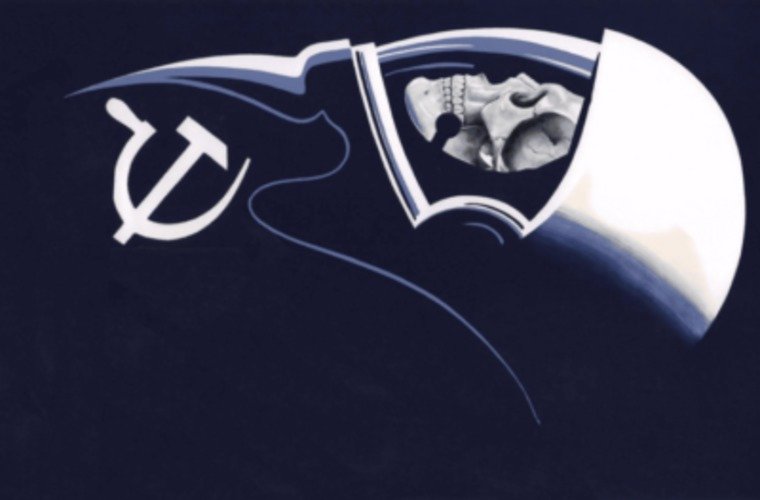

Some have called it the “ultimate” Cold War era urban legend. It is a story of two space programs, but not the two historically-recognized programs undertaken by Soviet Russia and the United States; this story involves Russia’s “public” program, and one that many over the years have come to believe that the Soviets kept hidden away in the world of black projects. It is a conspiracy theory by definition, but if verified it would shed new light on the hidden history of the space race, and the grim lengths that the Soviets were willing to go to, which might have included Russian cosmonauts who did not return from space.
The Judica-Cordiglia brothers certainly seemed to believe that this had been the case. In the years following their interception of what they believed to have been an SOS signal, they continued to record unusual transmissions, each more sensational than the last.
Arguably, the most unusual and disturbing occurred on February 2, 1961. It was almost 11 PM, and as the brothers sat in their control room at Torre Bert, they picked up what they believed to have been a transmission from an orbiting capsule. As the capstan on their recording unit began to spin, from out of the crackly sounds of space slowly came the familiar beeps and mechanical noises of spaceflight. This was not all they could hear; it soon became apparent that slow breathing accompanied by painful moans were also discernible in the static, almost like that of a man suffocating.
This would not be the only time they obtained such recordings. During another session at Torre Bert, the brothers claimed to have achieved further success with the capture of what resembled a human heart beating quickly. Sharing their recordings with Italian cardiologist Professor Achille Dogliotti, he agreed that the sounds they had recorded appeared to be a person’s strained breathing and quickened heartbeat. However, if no Soviet launches had been scheduled at the time these recordings were made, then what–or who–could have been the source of these eerie sounds from space? Was it possible that the Soviets might actually have lost cosmonauts on space missions that were carried out in secret?
Just months later, the boys claimed to have intercepted another transmission, this one indicating a spacecraft which made three orbits of the Earth before reentry, which notably occurred just days before Soviet Cosmonaut Yuri Gagarin would become recognized as the first man in space. The following month, they intercepted another transmission, this one accompanied by what sounded like distressed calls for help. More activity occurred in October of that year, when the boys believed they recorded another Soviet space mission as it left Earth orbit, lost to the distant reaches of space.
Over the next three years, even more startling recordings were obtained by the Judica-Cordiglias. Added to the list of characters that appeared in tape recordings the brothers produced had been a female cosmonaut, on a recording which the brothers would later claim had been made prior to the spaceflight of Valentina Tereshkova, recognized as the first woman in space.
Things would get even stranger when the brothers claimed they began recieving visits from the media, which included one man who introduced himself as a Russian reporter. Only minutes after he left their home, another knock at the door alerted them to a visit from a man they would later nickname their “guardian angel.”
“This man is not just a journalist,” the short bearded Italian told the brothers, adding sharply that “he works for the KGB, so beware.” He then explained that he worked for the Italian Secret Service (SIFA) in “counter intelligence,” and that they were in danger, although the Italian government would attempt to protect them.
It all would seem to be compelling evidence of a secret chapter in the history of space exploration. That is, if the stories told by the Judica-Cordiglia brothers were true; a proposition which, in hindsight, appears far more doubtful than it might have seemed decades ago.
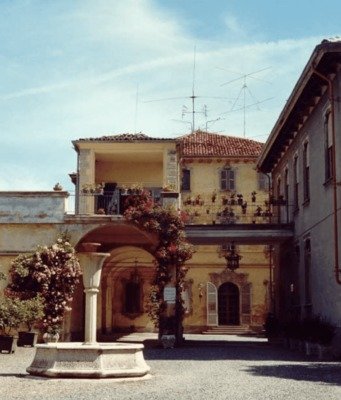

Researcher Sven Grahn is among those who find the claims to be doubtful. “The claims made by the Italian brothers Achille and Gian Battista Judica-Cordiglia of having tracked Soviet spacecraft with cosmonauts onboard that perished are well known,” he notes at his website, calling the stories told by the Judica-Cordiglias and their claims of intercepted “secret” Soviet missions “part of the mythology of the Space Age.”
Grahn concedes that the brothers were running a fairly sophisticated tracking station, and that what they were doing is noteworthy for what they were able to achieve at the time on such a limited budget. However, that is not enough to substantiate their claims of intercepted secret transmissions.
“I think that the Judica-Cordiglia brothers did run a tracking station and picked up signals from various spacecraft,” Grahn says. “However, for some reason they thought that they needed sensational stories to maintain their image of a ‘hot-shot’ operation. Once they over-interpreted some receptions and made fantastic claims they were ‘trapped’ and had to continue to produce sensations.”
Can all of the recordings made by the brothers be flatly discounted as hoaxes? There is some evidence that suggests a few of the recordings they made were genuine. In 2008, writer Kris Hollington managed to track down and interview the former KGB agent who visited the Judica-Cordiglias, who had gone on to be a Russian ambassador to European country (neither the country, nor the name of the former agent, were provided on account of the subject’s wishes to remain anonymous).
In his interview with Hollington, which appeared in Fortean Times, the former agent said:
“Of course we were interested in the Judica-Cordiglia brothers; they were hacking into our communications. Imagine that today; a pair of amateur kids taking apart the Russian space programme like it was a toy…. I heard the Gagarin recording, transcribed it and verified it was genuine. Our cosmonauts were warned to be careful what they said while in space after this and we had the brothers followed.”
On a chilling final note, Hollington reported that things might not have ended well for the Judica Cordiglias. “They had to be dealt with – an accident perhaps,” the former agent had told him. However, the media attention the boys were getting at the time had likely been what saved them.
“[T]hen that TV programme happened and they were famous,” the former agent said. “That saved their lives. I was glad; they were good kids.”
Still, Grahn and others have noted that if there were other similar records that the brothers had made available which could be associated with confirmed launches from during this period, it might help to further substantiate some of their claims. In the absence of such records, the Judica-Cordiglia brothers—arguably the first “hackers” of the space age—still haven’t managed to convince all the skeptics that there were actual secret space missions being carried out by the Soviets.
While the recordings produced by the Judica-Cordiglias cannot all be authenticated, there are legitimate instances that exist which indicate attempts by Russian officials at covering up aspects of the Soviet space program. Space historian James Oberg and others have shown that alternate versions of Soviet-era historical photographs exist, indicating that “official” versions of the photos had been airbrushed to remove certain individuals from the images.
Thus, the stories of “lost cosmonauts” have endured, no doubt helped along by such efforts to maintain secrecy about Soviet operations in those pivotal years of space exploration. Despite the questions that remain about this, as well as the recordings made at Torre Bert by the Judica-Cordiglia brothers, the stories of Soviet secrecy and lost cosmonauts have achieved near-mythic status, and will no doubt remain among the most fascinating and eerie legends to have come out of the space age.
Follow and connect with author Micah Hanks on Twitter: @MicahHanks
